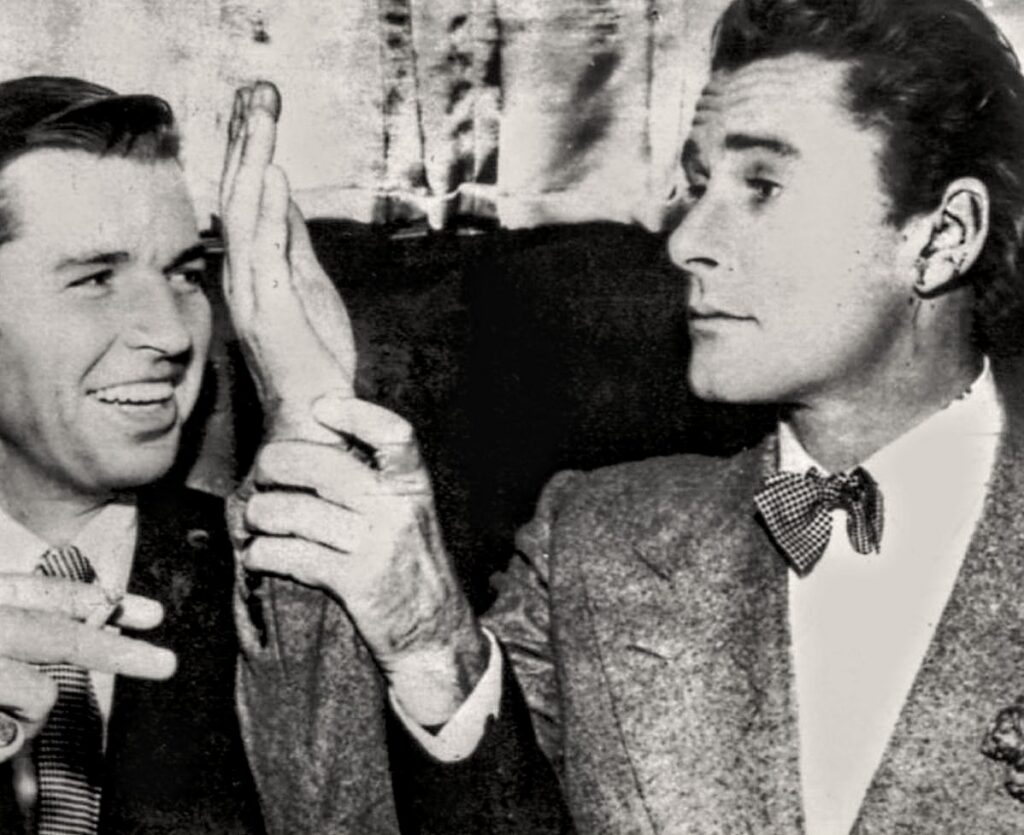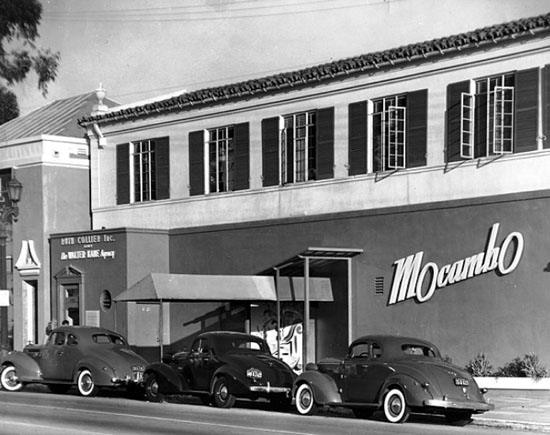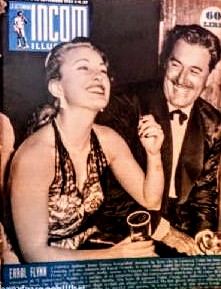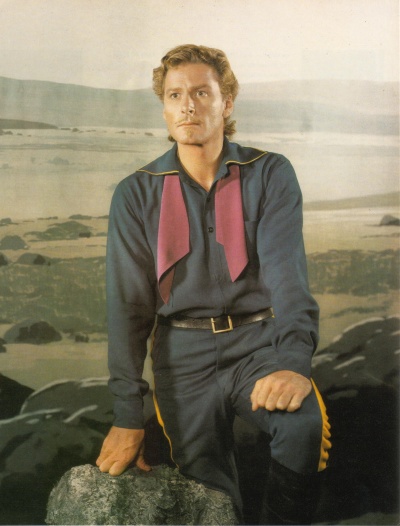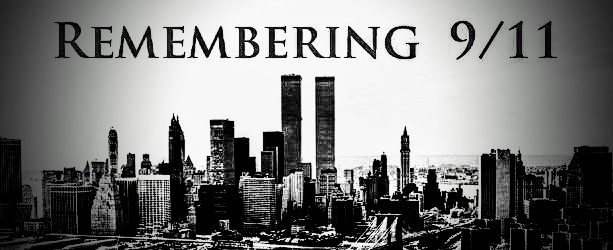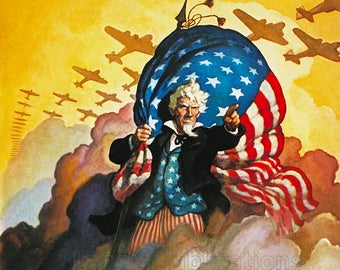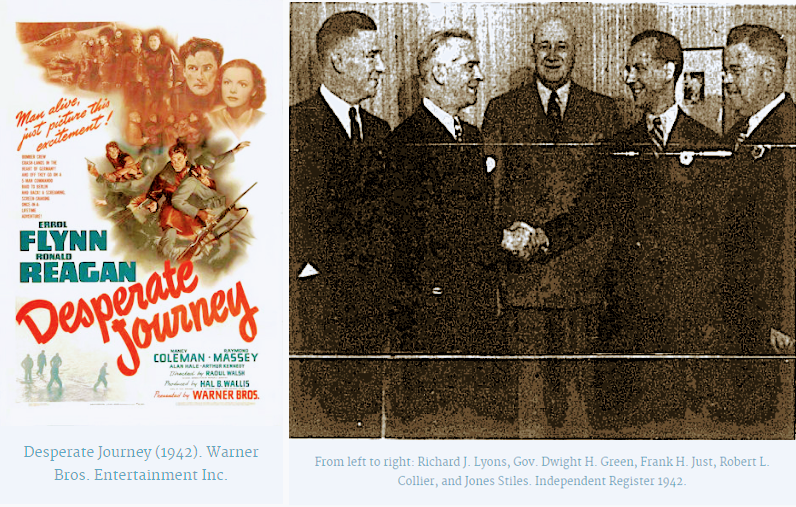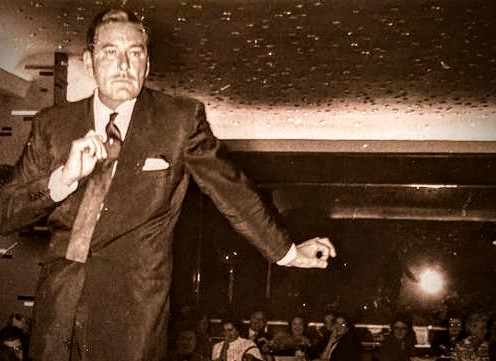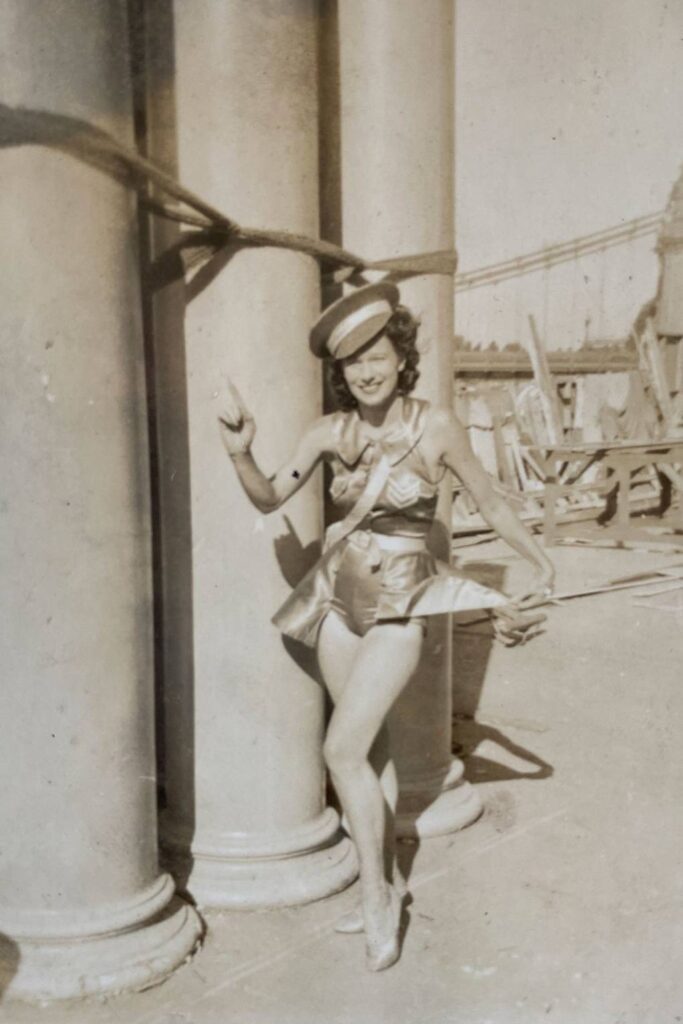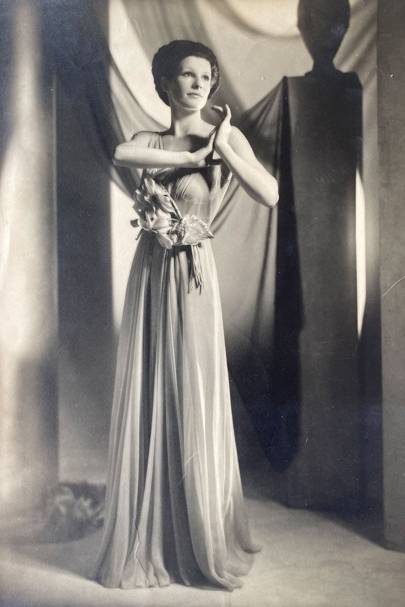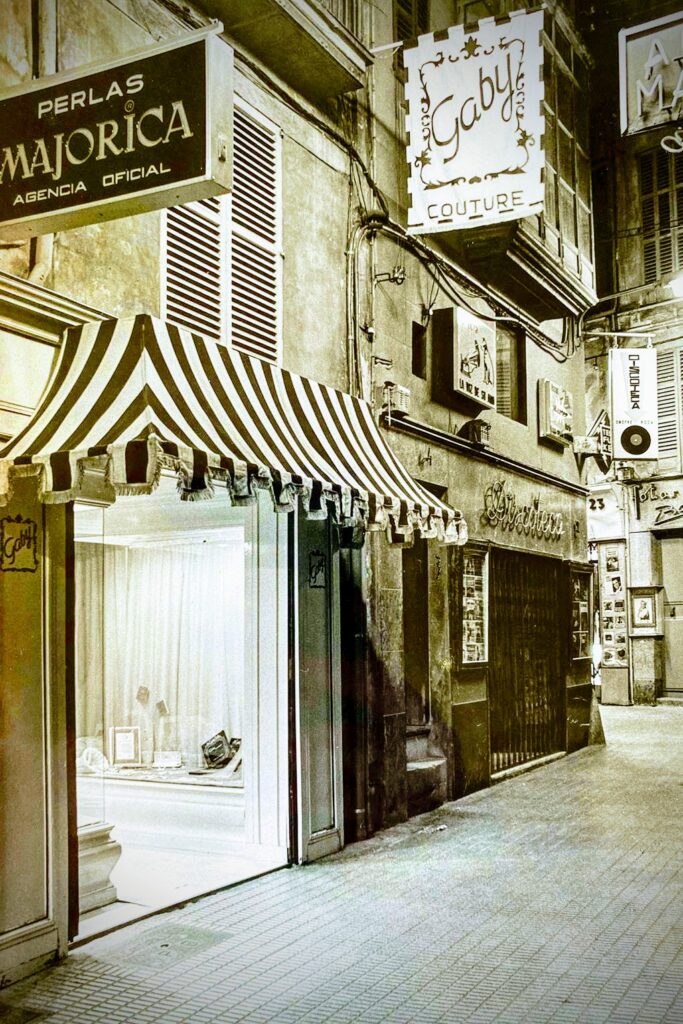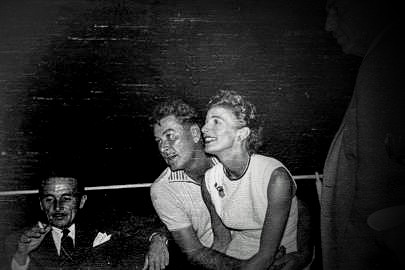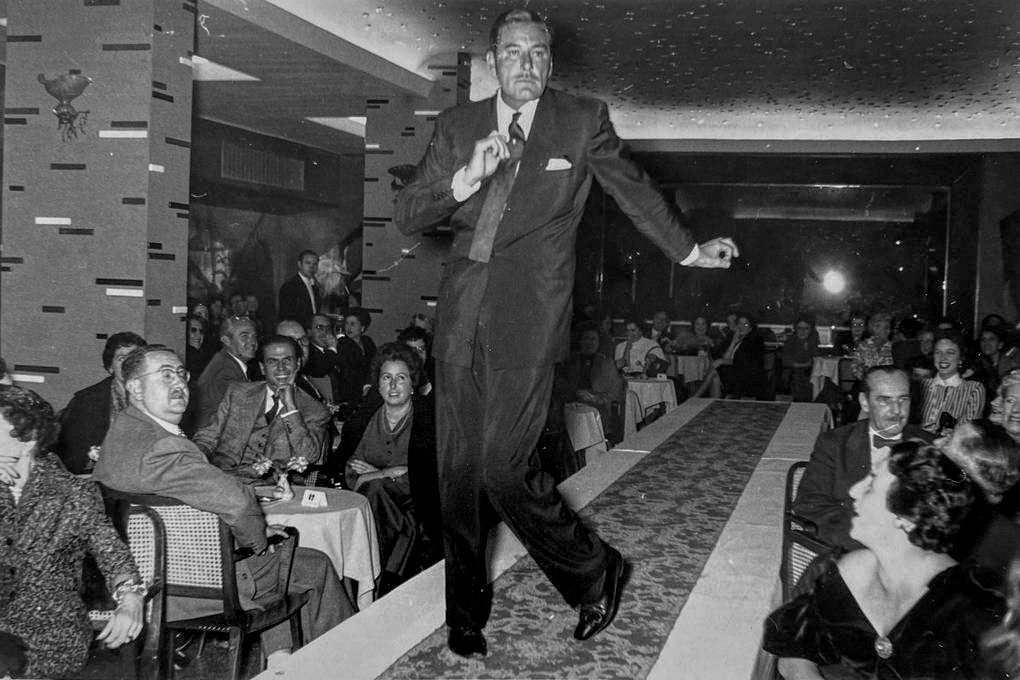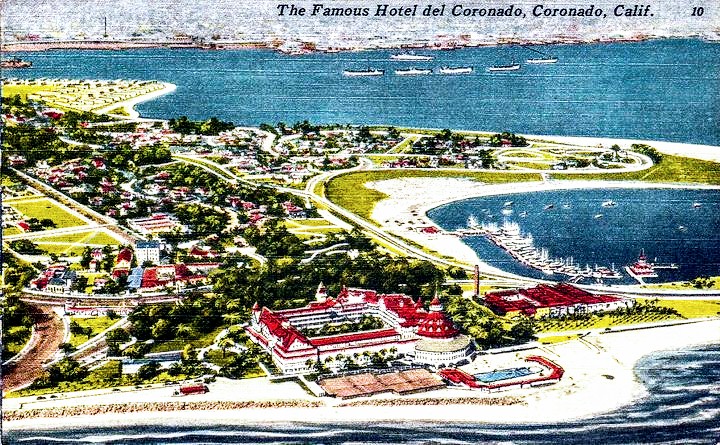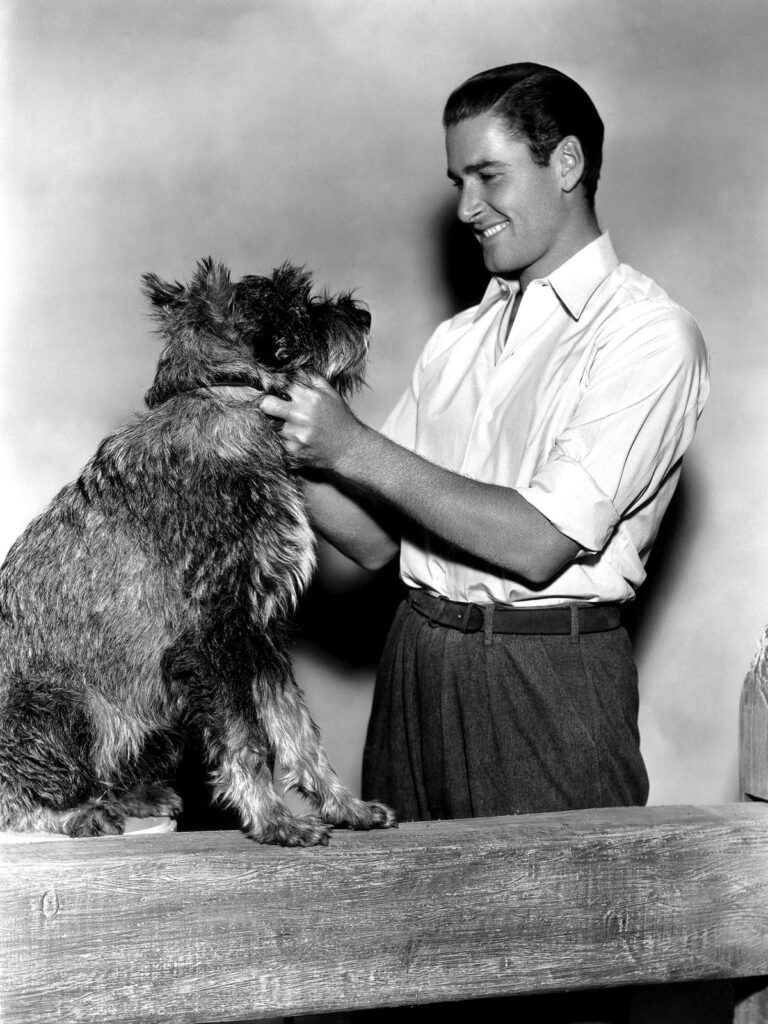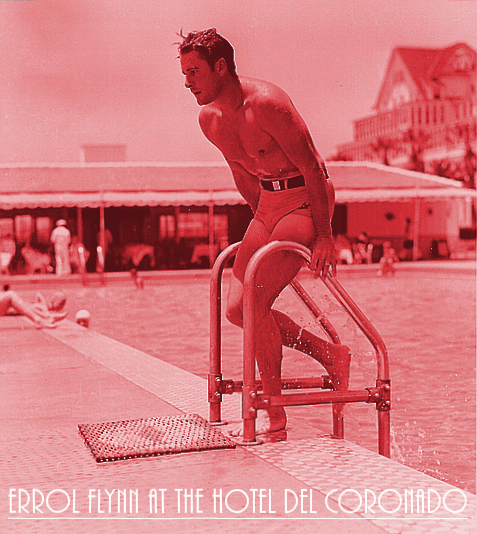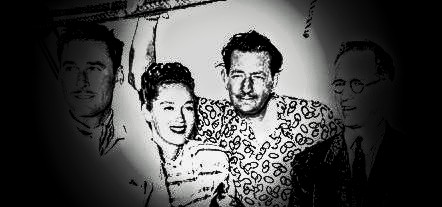
September 22, 1946
LOS ANGELES
SPECIAL TO THE MINNEAPOLIS TRIBUNE
Men, Women and Yachts Don’t Mix
Errol Flynn is reported by some quarters to be a direct descendant of Fletcher Christian, the man who started the mutiny on the Bounty. Mrs. Nora Eddington Flynn, his youthful bride, is believed in other quarters to be a direct descendant of Capt. Bligh, the commander of the Bounty. The other quarter in the case of Mrs. Flynn is John Decker, artist, who comes to this conclusion in explaining the “mutiny” on Flynn’s yacht Zaca while cruising the Pacific off Mexico. Decker and three others of the ship’s personnel left the Zaca at Acapulco, Mexico, because, Decker asserts, Nora had taken on some of the characteristics of a bucko mate in the old days when the clippers sailed around the Horn.
AMONG TILE SHIP’S COMPANY WHEN THE ZACA SAILED. This junket was a combination pleasure-science-professional affair. Flynn wanted to get away from Hollywood. He bought the Zaca last October, as a successor to the Sirocco, where there had been many gay parties which, perhaps, Flynn wanted to forget. To make it all serious, he was going to collect marine specimens. There were 17 aboard when the yacht sailed, and a representative group they were, indeed. There was Dr. Theodore Thomson-Flynn, Errol’s father, who is a zoologist and dean of the school of science at Queens college in Belfast, Ireland. And there was Prof. Carl Hubbs of the Scripps Institute of Oceanography at La Jolla, Calif., a noted ichthyologist. Tanks, torch lights, tackle arid enough formaldehyde to pickle half the fish in the ocean. Prof. Hubbs could be dropped blindfold into any part of any sea and tell at once where he was by examining the local fish.
Ted Stauffer, a Swiss composer and erstwhile night club operator in Mexico City, was also aboard. Stauffer took along a camera, planning to make magazine pictures. Howard Hill, the famed toxologist, and Jerry Courmoyay also were present. They planned a color picture of the trip, featuring Hill s archery and the various flora and fauna encountered on the way. Chris Duke and Kurt Hartzog, two Hollywood bit players, were included in this part of the project.
DECKER CAN PAINT. And then there was Decker, really a great painter, who figured on getting a lot of marine life into color. Decker has painted some pretty queer fish in his time and this wouldn’t be a novelty. He hit on a highly-appreciated medium some years ago when he began copying the old masters and putting actors’ faces on them. Two of his most famous in this line are Queen Victoria with the face of W. C. Fields and the famed Blue Boy of Gainsborough with Harpo Marx’ pan. In serious vein, Decker has taken numerous prizes at exhibitions. There were also a professional captain and two working sailors, named Wally Beery (not the actor) and John Vincent. And, in addition, Nora.
NORA GETS HER SEA LEGS. They had been gone nearly a month when the ketch-rigged schooner hove-to at Acapulco, where almost at once it became apparent that there had been a clash of personalities aboard. The main narrative from now on is that of Decker.
THE CRISIS NEARS. It was while they were hanging around Socorro that Decker detected the growth of a quarterdeck manner in Nora. Once, he said, she directed the guests if you could call them guests to pick up their coffee cups after a meal on deck and carry them back to the galley. Another time, life went on, several of the ship’s company were sitting in the saloon and Nora said: ‘Everybody get up on deck.” Anyway, things came to a 5- head right there in Socorro lagoon. Seaman Berry dived into the water “with a spring harpoon gun. He was going after a shark. But instead of harpooning the shark he harpooned his own ankle. The harpoon has a nasty barb and the wound was serious. Dr. Thomson-Flynn and Prof. Hubbs operated on the leg and removed the weapon. However, there seemed to be some danger of infection and Decker finally persuaded Flynn, over Nora’s protests, to proceed to Acapulco, 1,000 miles away and the nearest spot for competent medical aid. So, once in Acapulco, Decker marched ashore with the wounded man, and stayed ashore. Duke and Hartzog, the film players, left with him. He emphasized that his relations with Flynn remained friendly.
FOUR-LETTER WORDS Nora’s comment on all this was that the amateur sailors expected to be treated as guests [rather than working crew.] This was very unsatisfactory, she remarked in a phone conversation with her father.
NORA AND ERROL, ABOARD HIS YACHT. Actor Flynn has always had a yen for the sea. “Women, men and yachts don’t mix,” he said. “Just as soon as Nora got her sea legs she took over command of the boat and started shoving everybody around. I’ve known her ever since she married Flynn but I never really had any conversation with her. The talks I had with Flynn were man talks, and she couldn’t enter into them, so I never really knew her until I went on this boat. “It’s too bad this little mosquito has come between Flynn and me. I can’t really lay my finger on anything important she did. It was a constant pin-pricking process calculated to wear me down. “She greeted me with lhe remark when I went aboard at Santa Monica: ‘You’re not serious about going on this trip? You must be kidding.’ I told her I was serious and I wasn’t kidding and her face fell a mile. “She began at once to make things disagreeable for me, blaming me for everything that went wrong, always yelling around the boat when anything was out of the way: ‘Oh, that’s Decker.’ ” The yacht stopped at Cedros Island, off the coast of Lower California, and then proceeded to the Revilla Gigedo Islands, southeast of the tip of Lower California and pretty well out in the Pacific. The serious fishing began at Socorro Island in that group. Dr. Thomson-Flynn and Prof. Hubbs are dedicated scientists. They have loaded the boat with dredges.
Decker insisted he was right in using four-letter words. Nora has won this time, anyway, if it was her aim to get Decker off the boat. Flynn plans to continue through the canal and to Europe. At present he is trying to assemble a crew of experienced hands for the trip across the Atlantic. All the fuss could be, of course, a vagary such as is often attributed to expectant mothers, who are known to ask for things like strawberries out of season and the like. Nora is expecting another child next March. And, anyway, her influence will soon be gone. She expects to leave the yacht in the West Indies and fly back to Hollywood.
— Tim

